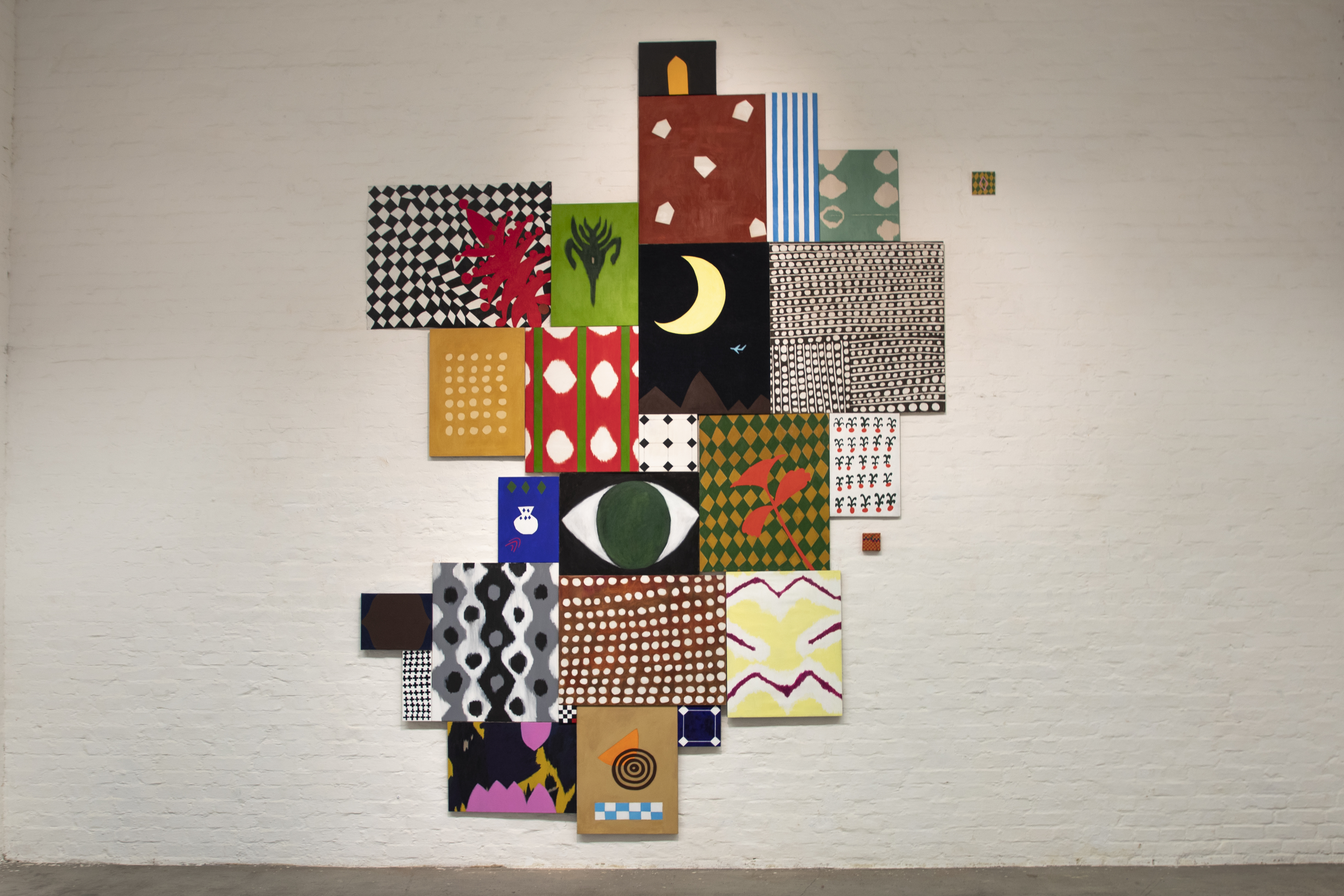I have studied everything that the West can give for now. I shake the dust from my feet and leave the West. My path is to the original source of all arts, to the East.
Some years ago I took my first trip to Central Asia. It was a strong aesthetic experience and after coming back to Finland I realized how much Eastern and Nordic visual cultures have in common. In my painting project, I’m drawing parallels between Scandinavian textile design and Central Asian adras fabrics. There are two different worlds at the first glance, but looking deeper one could be able to see a lot of things in common such as energy and brightness, courage in colours and composition, willingness to experiment.
Sasha Rotts

In the year 1921, the great Russian artist Petrov-Vodkin travelled to Uzbekistan. The resulting ‘Samarkand series’ became one of the climaxes in his artistic career. Petrov-Vodkin had created his series based on the impression that he got. The Silk Road was an ancient network of trade routes that connected the East and West. For the most part, these were the roads of the eastern fabrics trade. In summer 2018, we visited the Archangel region in the north of Russia and found out that local fabrics and textile is not less colourful and wild than Uzbekistan silk, despite the 'cold northern character'. The contrast between North and South is blurring by comparison with a bigger gap between east and west. In the 16th century, English mariners were trying to find a new way to Asia through Archangel and Moscow. This attempt was doomed to failure but instead, they found a new market for English woollen cloth in Russia. Wool, silk and knitted mittens are the beginning of the story.
Pavel Rotts